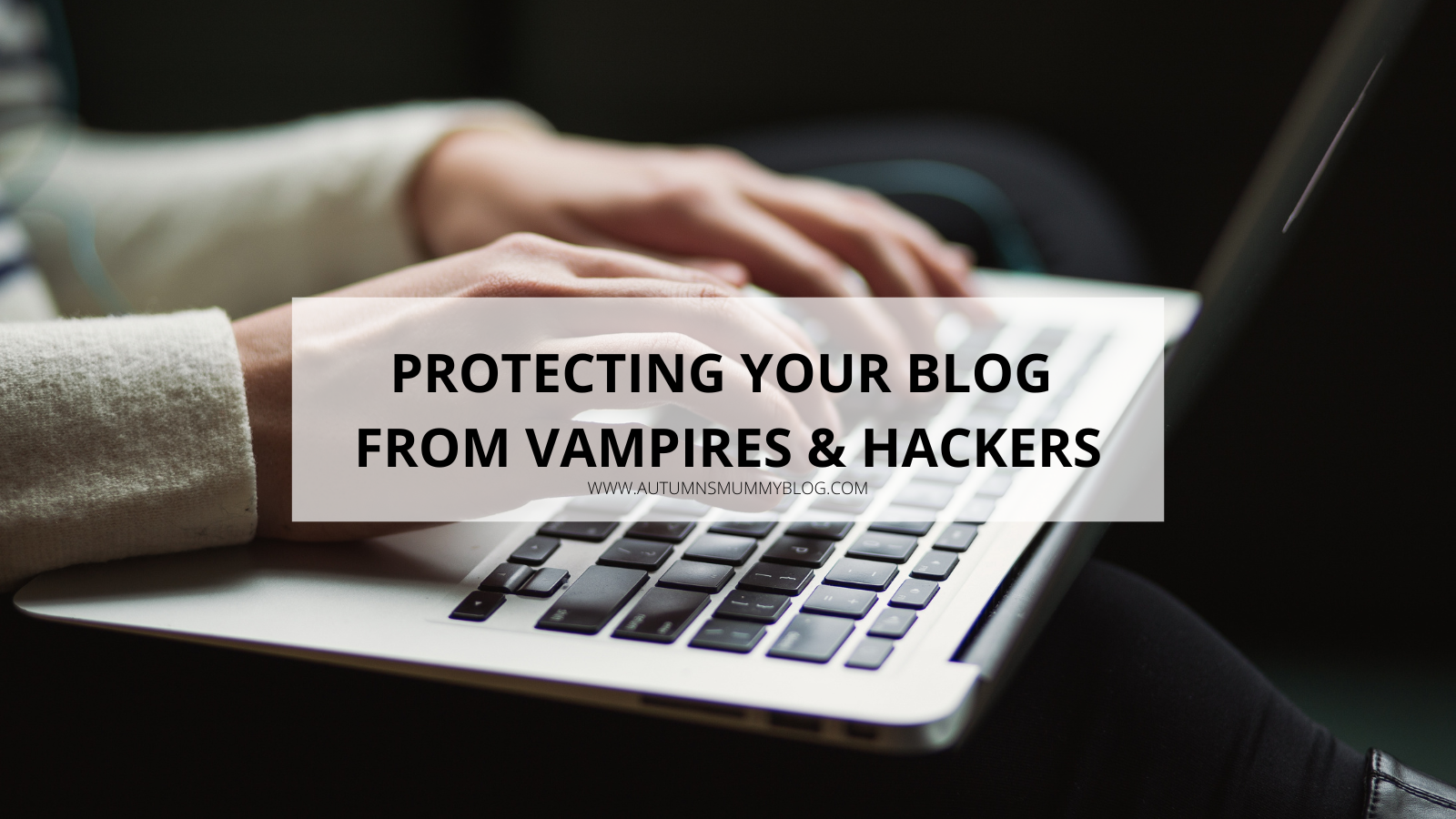Collaborative Post¦ Now that it’s the most ghoulish part of the year, most of us are focusing on pumpkins, witches’ outfits, and cauliflower dressed up to look like brains. But even though things are becoming more decidedly ghastly, it doesn’t mean our blogs are safe. Far from. It turns out that this season is one of the worst for attacks that can see years of work flushed down the loo.
While vampires and werewolves might not be coming for your blog, hackers certainly are. Here are some of the things you can do to protect yourself.
Strengthen You Password
The first step is to strengthen your password. You want something that no person or AI could guess in a million years.
A random string of letters and numbers is best, with a few symbols thrown in for good measure. Make it more than 10 digits if you can.
Keep Your Software Up-To-Date
Keep any software you use to run your blog up to date, too. Ensure you maintain all the latest patches to prevent hackers from taking advantage of any weaknesses. Don’t let them get the better of you.
Back-Up Your Blog
It’s also a good idea to invest in disaster recovery to back up your blog. Don’t store all the data in one place.
These days there are plenty of backup services available that can keep all your files spread across multiple locations. Even if hackers do take down your blog and make your life a misery, you can get all the articles, posts, and data back by using one of these services.
Install Security Plugins
You might be able to enhance your security further by installing security plugins. WordPress and Wix both have them and they don’t take much time to install.
Plugins are usually free but sometimes you have to pay a premium if you want additional features. You also have to be careful of pop-ups and harming the user experience. Don’t choose anything that makes your system run slower.
Limit Login Attempts
Another approach is to limit login attempts. Hackers will often try various brute-force attacks to gain access to your admin areas. Constantly trying various combinations can enable them to eventually happen upon your password or login key by chance.
Don’t let this happen by institution “cool off” periods after a series of attempts. For example, you might mandate 24 hours wait after five consecutive failed login attempts. This way, hackers can only try a limited number of password attempts in a given time period.
Monitor Your Blog
You can also try monitoring your blog for suspicious activity. You can do this by eyeballing it if you have a small blog or using software to automate the process if you run something larger. In extreme cases, you can get third-party monitoring firms to do this work for you on a deeper and more sophisticated level.
Educate Yourself
Finally, it’s a good idea to educate yourself on the risks of blog hacking. If you know the tactics hackers use, you know what to look out for.
Cover photo by Kaitlyn Baker on Unsplash
